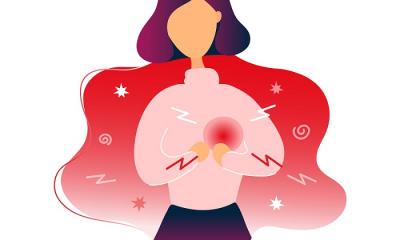The transcatheter paediatric heart valve
Many companies are competing to develop the ideal transcatheter heart valve and catheter-based valve replacement procedures, which are revolutionizing valve replacement for larger patients.
However, small children cannot benefit from this technology, because the valves are too bulky.
A collaboration between researchers at the UCLA Henry Samueli School of Engineering and Applied Science and paediatric cardiologists at Mattel Children’s Hospital, at the University of California, Los Angeles (UCLA) may soon change this. Using ‘thin film nitinol’ — a super-elastic, shape-memory metal alloy, originally developed for defence applications, with support from the US Air Force Office of Scientific Research and the Defence Advanced Research Projects Agency — a UCLA team is developing a collapsible heart valve to be loaded into a catheter, inserted into a vein in the groin, guided into position, then deployed in a precise location within the heart. As the valve is released from the catheter it will spring back to its original shape and begin to function.
Gregory Carman, UCLA mechanical and aerospace engineering professor, who, along with UCLA researcher Lenka Stepan, crafted the valve, explained that the memory retaining alloy and butterfly design that opens or hinges from the middle of the valve, rather than its edges, makes this a novel device. ‘The unobtrusive leaflets within the valve mean there is no obstruction to blood flow. This smaller, low-profile design is well suited for children and, over time, will potentially allow children born with heart valve defects to experience less pain and live much fuller lives.’
Dr Daniel Levi, assistant professor of paediatric cardiology at Mattel Children’s Hospital, UCLA, designed the valve and joined Carman and Stepan to create and develop the revolutionary new device. ‘Using catheters and collapsible valves, heart valves can be replaced without stopping the heart, without cutting the chest open and without long recovery times,’ he pointed out. Open-heart surgery typically requires breaking the breastbone, a lengthy procedure and three to four days in intensive care, at least a week or two in hospital, followed by lengthy recovery at home. In contrast, patients who have valves replaced via catheter might go home the following day, with little pain.
The valve, being designed to replace the pulmonary artery, but later perhaps also the aortic valve, is strong and biocompatible, which should also present lower risk, as well as cost savings for hospitals.
‘Recent studies we’ve conducted have shown that thin film nitinol can be used to cover stents and to provide a barrier in preventing tissue re-growth into stented arteries and veins,’ Dr Levi explained. ‘Beyond its use in either percutaneously or surgically placed valves, I anticipate that thin film nitinol will have a wide variety of applications in the development of future implantable biomedical devices for both adults and children.’
To bring their new valves and stents for children to market, the researchers are seeking an industrial partner, but it will be a number of years before the valves will be marketed.
01.05.2006











